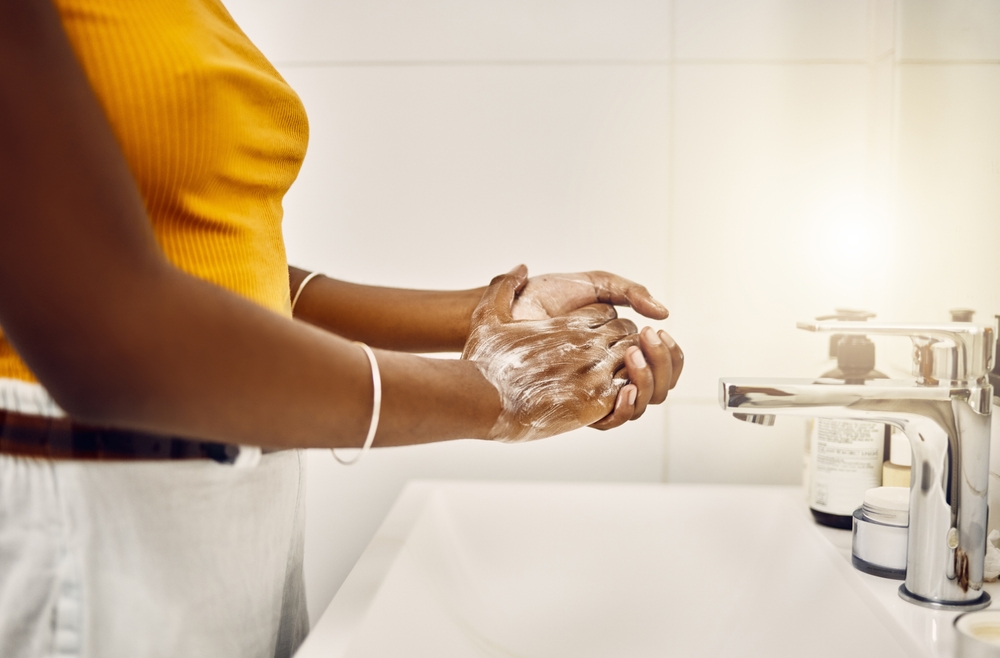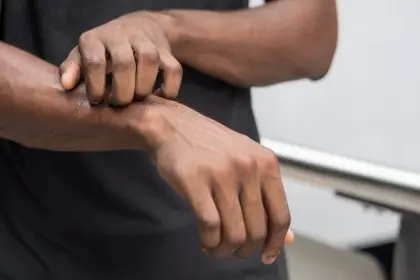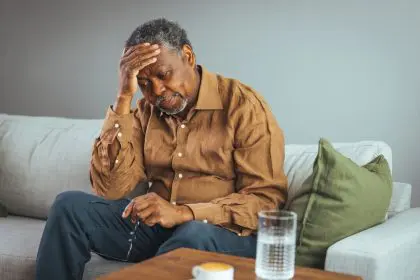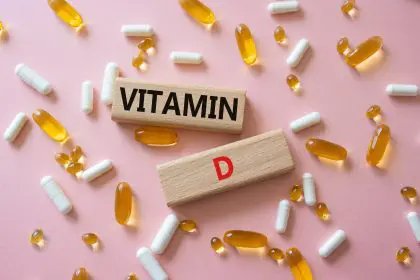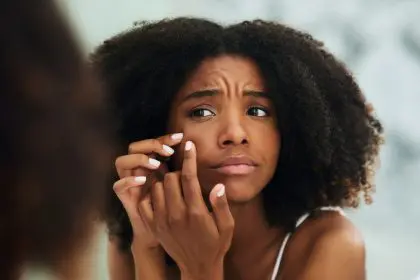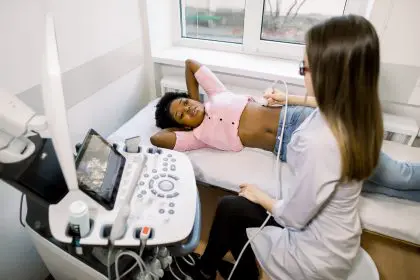Stubborn warts on your hands can be more than just a minor inconvenience — they can affect your self-confidence and day-to-day activities. Warts, caused by the human papillomavirus (HPV), can be tricky to deal with, especially when they refuse to go away despite various treatment attempts. While warts are generally harmless, their persistence and visibility on your hands can make them a constant source of irritation. Understanding why these warts form, how to treat them effectively and what steps you can take to prevent them from recurring is essential in managing this common skin issue.
Understanding the nature of warts: What makes them so stubborn?
Warts are small, non-cancerous growths that appear when the skin is infected by HPV. This virus triggers an overproduction of keratin, a hard protein, leading to the formation of warts. What makes warts particularly stubborn is their ability to spread and recur, especially if not treated properly. Warts can spread through direct contact or by touching something that an infected person has used, such as towels or razors. Additionally, they tend to thrive in warm, moist environments, making it easy for them to persist on the skin.
The immune system usually deals with HPV over time, causing warts to disappear. However, this process can take months or even years — and in some cases, the warts don’t respond well to the body’s natural defenses. This persistence can be particularly frustrating for those dealing with warts on visible areas like the hands, where they can be both unsightly and uncomfortable.
Common treatments for hand warts: Exploring your options
There are various treatments available for hand warts, ranging from over-the-counter solutions to professional medical interventions. Understanding the benefits and limitations of each can help you choose the most effective method for your situation.
Over-the-counter solutions: Salicylic acid and more
Salicylic acid is one of the most common treatments for warts. Available in various forms such as gels, patches or liquid, it works by softening the layers of the wart, allowing you to gradually remove the dead skin. The key to success with salicylic acid is consistency — it often requires daily application over several weeks to see results. It’s important to soak the wart in warm water before applying the acid to enhance its effectiveness.
Other over-the-counter treatments include freezing sprays that mimic the cryotherapy process done in a doctor’s office. These sprays work by freezing the wart, causing it to fall off over time. While convenient, these products might not be as powerful as professional treatments and may require multiple applications.
Professional treatments: Cryotherapy, laser treatment, and minor surgery
When over-the-counter solutions fail to eliminate stubborn warts, it might be time to consult a health care professional. One of the most common professional treatments is cryotherapy, where the wart is frozen with liquid nitrogen. This process destroys the wart tissue, which eventually falls off. Cryotherapy can be more effective than home treatments, but it might require multiple sessions and can be uncomfortable.
Laser treatment is another option, using a focused beam of light to burn and destroy the wart tissue. This method is often reserved for warts that are particularly resistant to other forms of treatment. Similarly, minor surgery can be performed to cut out the wart, although this is usually considered a last resort due to the potential for scarring.
The importance of persistence and patience
One of the biggest challenges in dealing with stubborn warts is the need for persistence and patience. Warts can be incredibly resilient, often requiring multiple treatments and consistent care to remove them entirely. It’s important not to get discouraged if initial treatments don’t yield immediate results.
Emotional impact: How warts affect self-esteem
Having warts on your hands can take an emotional toll, especially if they are highly visible or cause discomfort. The social stigma associated with warts, often viewed as unsightly or unclean, can lead to feelings of embarrassment or shame. This can affect how you interact with others, potentially leading to social withdrawal or anxiety.
Moreover, the frustration of dealing with stubborn warts that don’t respond to treatment can exacerbate these feelings. The constant presence of warts serves as a reminder of the ongoing struggle, which can be emotionally draining.
It’s important to acknowledge these feelings and seek support if needed. Remember that warts are a common condition, and you are not alone in dealing with them. Talking to a trusted friend, family member or health care provider can help alleviate some of the emotional burden associated with persistent warts.
Preventing the recurrence of warts: Steps to protect your hands
Once you’ve successfully treated warts, taking steps to prevent their return is crucial. Since HPV thrives in certain conditions, making small changes in your habits can significantly reduce the chances of recurrence.
Keep your hands dry and clean
Warts are more likely to develop and spread in moist environments, so keeping your hands dry is essential. After washing your hands or coming into contact with water, thoroughly dry them, paying special attention to the areas between your fingers. Using an alcohol-based hand sanitizer can also help reduce the spread of HPV.
Avoid direct contact with warts
If you or someone close to you has warts, avoid touching them directly. This reduces the risk of spreading the virus to other areas of your skin or to other people. If you need to touch a wart, such as when applying treatment, be sure to wash your hands thoroughly afterward.
Strengthen your immune system
A strong immune system can help your body fight off HPV more effectively, reducing the likelihood of warts recurring. Maintaining a healthy diet, getting regular exercise and ensuring adequate sleep are all important factors in supporting your immune system.
Use protection in public spaces
Public areas such as gyms, pools and communal showers are breeding grounds for HPV. Wearing flip-flops or other protective footwear in these spaces can help prevent the virus from infecting your skin. Additionally, avoid sharing towels or other personal items that could harbor the virus.
Taking control of stubborn warts
Dealing with stubborn warts on your hands can be a challenging and frustrating experience, but it’s important to remember that effective treatments are available. By understanding the nature of warts, exploring different treatment options and taking preventive measures, you can manage and eventually eliminate these persistent skin growths.
The journey to wart-free hands may require patience and perseverance, but with the right approach, you can regain control over your skin’s health and your self-confidence. Whether you opt for over-the-counter treatments or seek professional help, taking action against stubborn warts is the first step towards healthier, smoother hands. And as you work towards this goal, don’t forget to care for your emotional well-being—warts may be tough, but so are you.
This story was created using AI technology.

